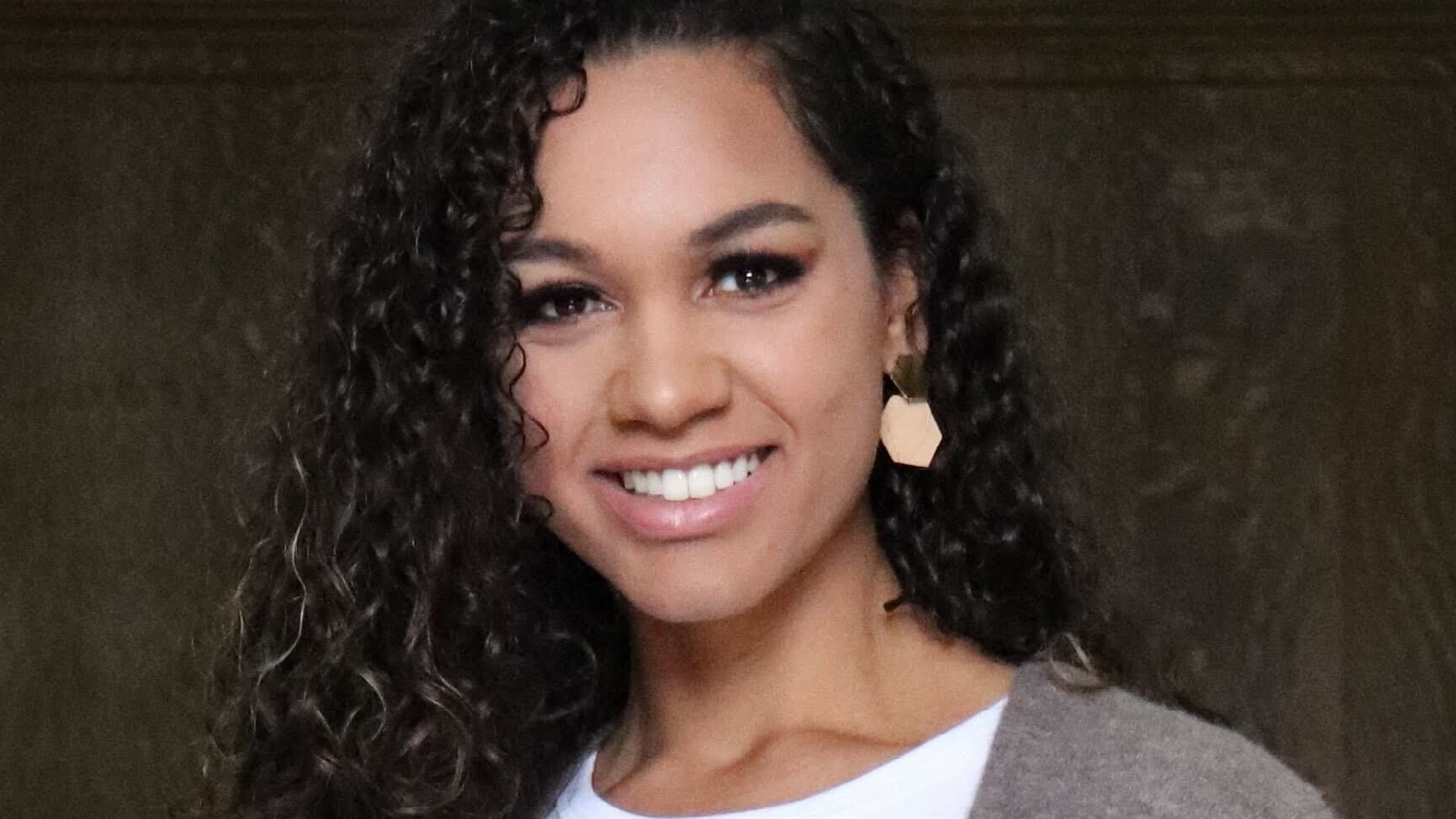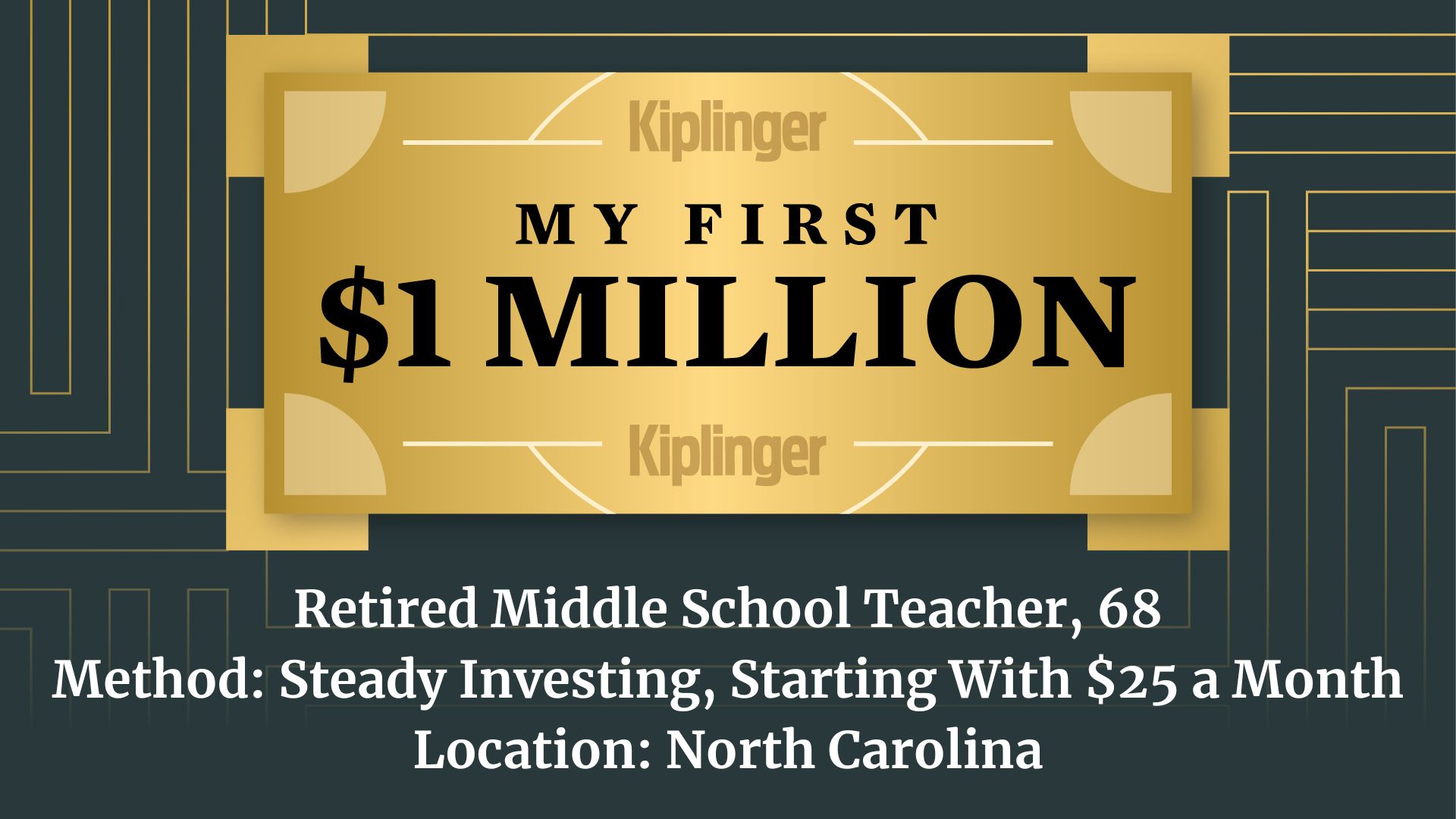Where to Save Your Kids' Cash
Give your child a head start by opening a bank savings or investment account.


If your child has gift money from birthdays and holidays or earnings from chores or a part-time job, you may be looking for somewhere to park the cash. (And if your kid expects to work over the coming summer, it’s not too early to think about where the money should go.)
Opening a bank or retirement account provides a secure way for children and teens to save money, and you can use it as an opportunity to share financial lessons with them as well. Consider these options.
Set up a bank account
Opening a bank account is a valuable step in teaching children about financial responsibility, and it provides a safe place for them to put their money.
From just $107.88 $24.99 for Kiplinger Personal Finance
Become a smarter, better informed investor. Subscribe from just $107.88 $24.99, plus get up to 4 Special Issues

Sign up for Kiplinger’s Free Newsletters
Profit and prosper with the best of expert advice on investing, taxes, retirement, personal finance and more - straight to your e-mail.
Profit and prosper with the best of expert advice - straight to your e-mail.
If your child is going to focus primarily on saving — which is often most appropriate for younger kids — a stand-alone savings account without a linked checking account makes sense. However, if you’re introducing an older child to responsible spending, a checking account can be a valuable tool, too.
Whichever type of account you choose, you and your child will likely need to open it jointly. Because joint accounts offer shared access, they provide hands-on opportunities for kids to learn about money management. But you can monitor their transactions and set limits — by asking the bank to restrict how much can be charged daily to an accompanying debit card, for example.
The financial institution where you do your own banking is often a good place to start as you search for an account for your child, but you may want to explore other options, too, including local banks or credit unions. Look for an account with a low (or no) minimum balance requirement and no monthly fee — that’s typically most suitable for children, who may not keep a large balance.
You’ll need to provide the bank with identification, such as Social Security numbers or birth certificates, for both you and your child. You can usually start the process online, but it might require a visit to a bank branch if you choose a brick-and-mortar institution.
You can see options for savings accounts here, with our tool in partnership with Bankrate:
Bank accounts geared toward kids and teens
If you're looking for the right institution, Kiplinger has considered the best bank for you. Some institutions, though, have tools specifically for children and teenagers, which may make them more valuable to you.
Some accounts are designed for young savers and spenders, offering educational resources, online tools that both parents and children can use, and minimal fees. For example, the online Capital One Kids Savings Account is a no-stress option, with no minimum deposit or balance requirements and no fees. It recently offered a 2.5% yield.
Capital One also offers the online MONEY Teen Checking account, which allows teens (or any child 8 or older) to make purchases and withdraw cash with a debit card as well as deposit checks. Both you and your child can track expenditures and receive account alerts by text message, and parents can set spending limits on the account and lock or unlock the debit card through the Capital One mobile app. The account has no monthly fee or minimum balance requirement, and ATM withdrawals are free at more than 70,000 in-network ATMs.
Another option is the Alliant Credit Union Teen Checking account, available to teens age 13 to 17. The no-fee, no-minimum account provides a debit card that has preset limits on purchases and ATM withdrawals, and adult joint owners have full access to the account. It reimburses up to $20 monthly in fees for out-of-network ATM transactions. The Alliant Kids Savings Account has no monthly fee and yields 0.25% APY.
Alliant Credit Union is an online institution that offers membership to anyone nationwide who joins the Foster Care to Success charitable organization (Alliant pays the $5 membership fee on your behalf).
Weigh the value of a prepaid card

A prepaid debit card is not linked to a bank account; instead, you load money directly onto the card. Prepaid cards provide a hard limit on spending — you typically can’t overdraw, as you sometimes can with a bank account — and that may be an attractive feature for families with kids who are learning the ropes of spending money. You can get prepaid cards online or in-store at major retailers such as Walmart or Target.
Some prepaid cards are tailored for families with children. For instance, the Greenlight mobile app offers a prepaid debit card through three plans for families. Parents can set controls, view a transaction history and, if needed, lock the card if it’s lost or stolen. The app also has tools parents can use to set up chores and pay kids for them. Similarly, FamZoo is a prepaid debit card and app with educational features and a suite of money-management tools for families.
The downside? Many prepaid cards come with several fees, such as monthly fees, charges for certain types of transactions or fees for loading funds. Greenlight charges a monthly membership fee ranging from $6 to $15, depending on the features you choose. FamZoo charges $6 monthly (or, if you prepay, $26 for six months, $40 for 12 months or $60 for 24 months).
If you think you and your child will benefit from the interactive features that a family-focused prepaid card offers, the monthly fee may be worthwhile. Otherwise, a no-fee bank account might be the best option. Or consider a standard prepaid card that keeps fees to a minimum.
Bluebird by American Express, for example, has no monthly fee and charges no fees to add money by direct deposit or bank-account transfer (cash reloads at participating retailers cost up to $3.95). You can set up subaccounts for kids 13 and older to access money on the card, and you control daily spending limits, the ability to withdraw from ATMs and certain other account activity.
Invest in the future with a Roth IRA
If your child has earned income — from, say, a summer job, baby-sitting or other part-time work — he or she is eligible to contribute to a custodial Roth IRA. Funding a Roth IRA can be an excellent way to introduce children to investing for retirement. And by starting early, they’ll benefit from many years of compounding interest.
Opening a custodial Roth IRA for your child is simple; major brokers such as Fidelity, Charles Schwab and Vanguard offer them. You’ll typically need your child’s Social Security number as well as your own identification to open a Roth. You can contribute the lesser of the child’s annual earned income or the yearly IRA contribution limit, which is $7,000 in 2025 for those younger than 50.
If you’d like to direct some of your own savings toward your child’s future, you can contribute to a Roth on a child’s behalf, as long as your contribution falls within the limits. For example, if your child earned $1,000 for the year, you could fund the IRA with $1,000 of your money, and the child could use his or her earnings to save for other goals.
Roth contributions are made with post-tax income. But the investments grow tax-free, and withdrawals during retirement are tax-free, too. With a traditional IRA, contributions are pretax, and investments grow tax-deferred. But distributions in retirement are subject to income tax.
Because children typically have low incomes and will likely be in a higher tax bracket by the time they retire, the immediate tax benefit that a traditional IRA offers is usually less valuable for kids than the delayed tax benefit that a Roth IRA provides.
Additionally, withdrawals of Roth IRA contributions are free of penalty and taxes anytime (withdrawals of investment earnings before age 59-1/2 are typically subject to taxes and penalties), which may be helpful to your child in a financial emergency. And those younger than 59-½ who have had a Roth for at least five years pay no tax or penalty on up to $10,000 withdrawn to pay for a first-time home purchase.
Note: This item first appeared in Kiplinger's Personal Finance Magazine, a monthly, trustworthy source of advice and guidance. Subscribe to help you make more money and keep more of the money you make here.
You can see options for brokerage accounts here, with our tool in partnership with Bankrate:
Related Content
Profit and prosper with the best of Kiplinger's advice on investing, taxes, retirement, personal finance and much more. Delivered daily. Enter your email in the box and click Sign Me Up.

Ashlyn Brooks is a financial writer and former civil engineer. She's on a mission to show others how to save and spend smarter through purposeful money habits. Her work has been featured on Investopedia, Bankrate and Yahoo Finance.
-
 Holiday Tax Scams: 'Tis the Season to be Wary
Holiday Tax Scams: 'Tis the Season to be WaryTax Scams Navigating tax tricks of the holiday season may be daunting, but don't let that destroy your festive spirit
-
 Metro by T-Mobile Is Giving Away This Samsung Galaxy A16: Which Plans Are Eligible?
Metro by T-Mobile Is Giving Away This Samsung Galaxy A16: Which Plans Are Eligible?Metro by T-Mobile is offering free Samsung Galaxy A16 phones on eligible plans right now. Here’s how the deal works.
-
 I Drive and Collect Classic Cars: Here’s How I Got Started
I Drive and Collect Classic Cars: Here’s How I Got StartedAre classic cars a hobby or an investment strategy — or both? Either way, the vintage car scene is much cooler and more affordable than you think.
-
 Metro by T-Mobile Is Giving Away This Samsung Galaxy A16: Which Plans Are Eligible?
Metro by T-Mobile Is Giving Away This Samsung Galaxy A16: Which Plans Are Eligible?Metro by T-Mobile is offering free Samsung Galaxy A16 phones on eligible plans right now. Here’s how the deal works.
-
 I Drive and Collect Classic Cars: Here’s How I Got in the Game Without Spending a Fortune
I Drive and Collect Classic Cars: Here’s How I Got in the Game Without Spending a FortuneAre classic cars a hobby or an investment strategy — or both? Either way, the vintage car scene is much cooler and more affordable than you think.
-
 My First $1 Million: Retired Middle School Teacher, 68, North Carolina
My First $1 Million: Retired Middle School Teacher, 68, North CarolinaEver wonder how someone who's made a million dollars or more did it? Kiplinger's My First $1 Million series uncovers the answers.
-
 4 Financial To-Dos to Finish 2025 Strong and Start 2026 on Solid Ground
4 Financial To-Dos to Finish 2025 Strong and Start 2026 on Solid GroundDon't overlook these important year-end check-ins. Missed opportunities and avoidable mistakes could end up costing you if you're not paying attention.
-
 9 Types of Insurance You Probably Don't Need
9 Types of Insurance You Probably Don't NeedFinancial Planning If you're paying for these types of insurance, you may be wasting your money. Here's what you need to know.
-
 I'm an Insurance Pro: It's Time to Prepare for Natural Disasters Like They Could Happen to You
I'm an Insurance Pro: It's Time to Prepare for Natural Disasters Like They Could Happen to YouYou can no longer have the mindset that "that won't happen here." Because it absolutely could. As we head into 2026, consider making a disaster plan.
-
 The Future of Philanthropy Is Female: How Women Will Lead a New Era in Charitable Giving
The Future of Philanthropy Is Female: How Women Will Lead a New Era in Charitable GivingWomen will soon be in charge of trillions in charitable capital, through divorce, inheritance and their own investments. Here's how to use your share for good.
-
 The Retirement Donor's Checklist: Key Deadlines by Gift Type
The Retirement Donor's Checklist: Key Deadlines by Gift TypeRetirees have some charitable contribution options that can help avoid spikes in income from RMDS and capital gains.